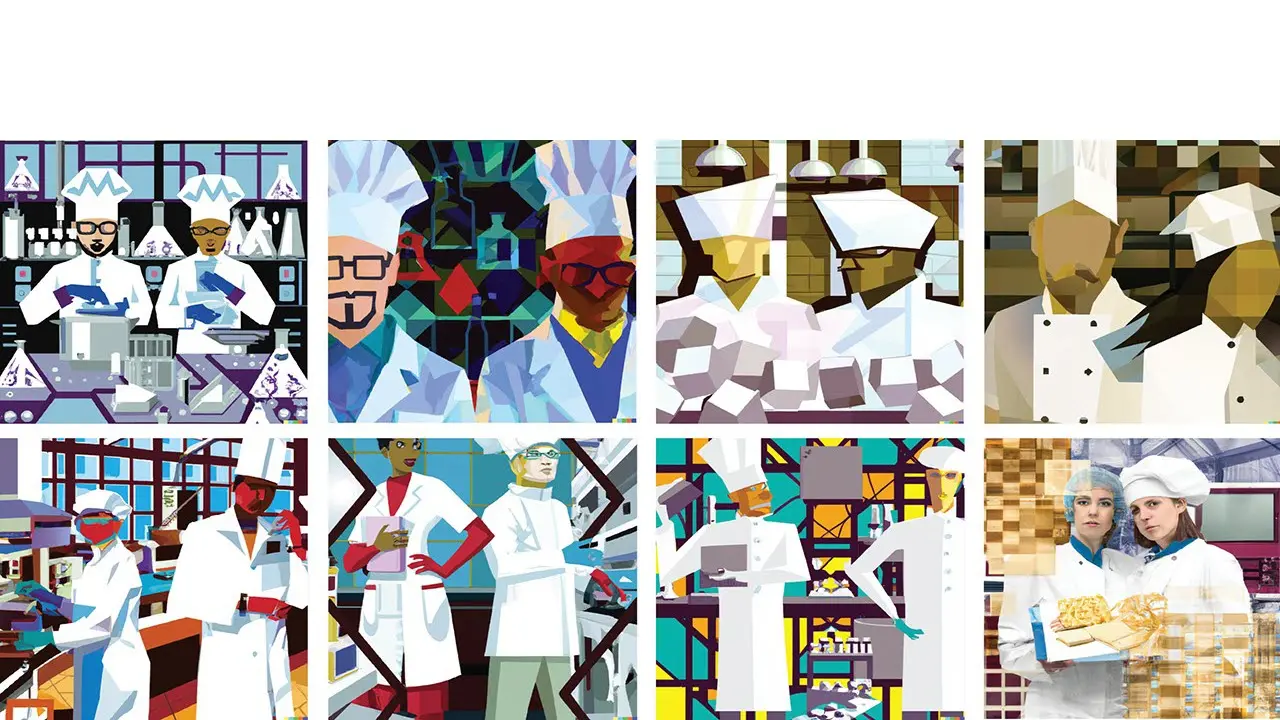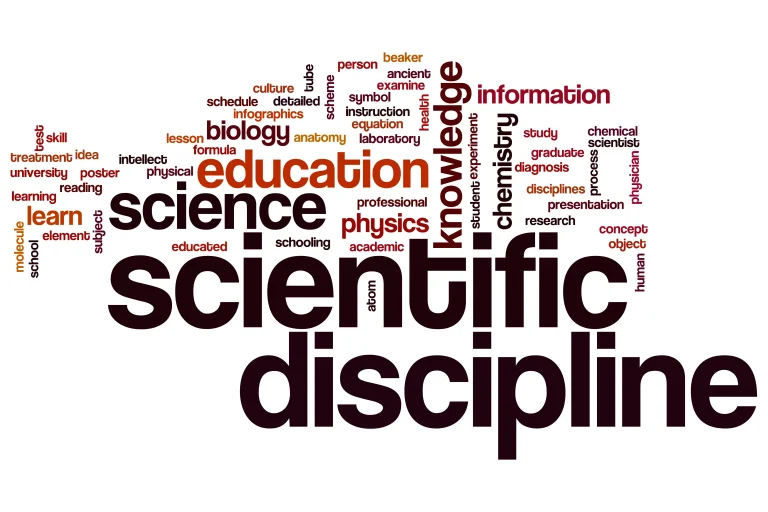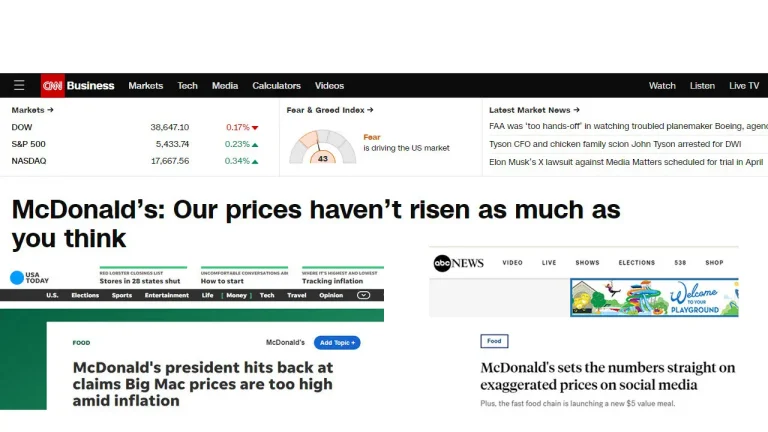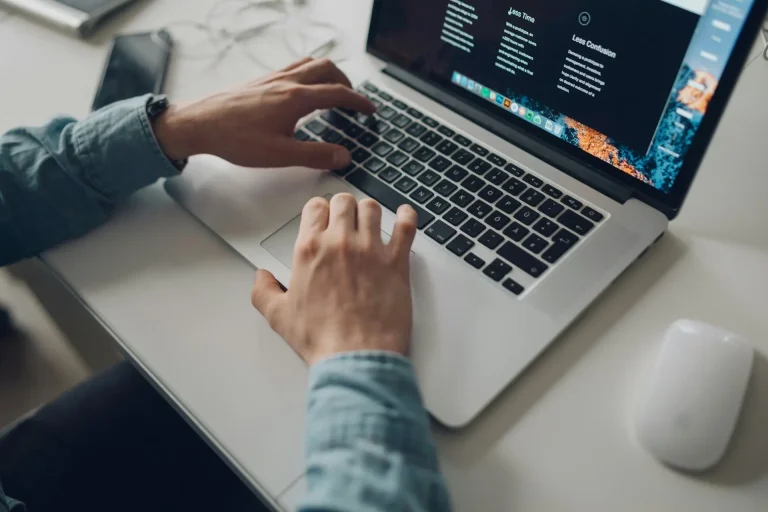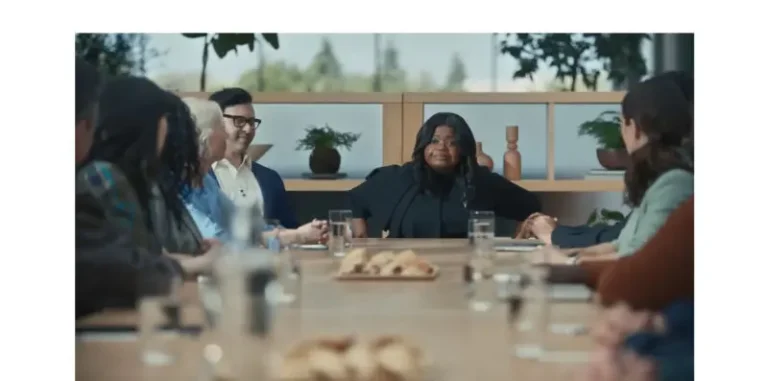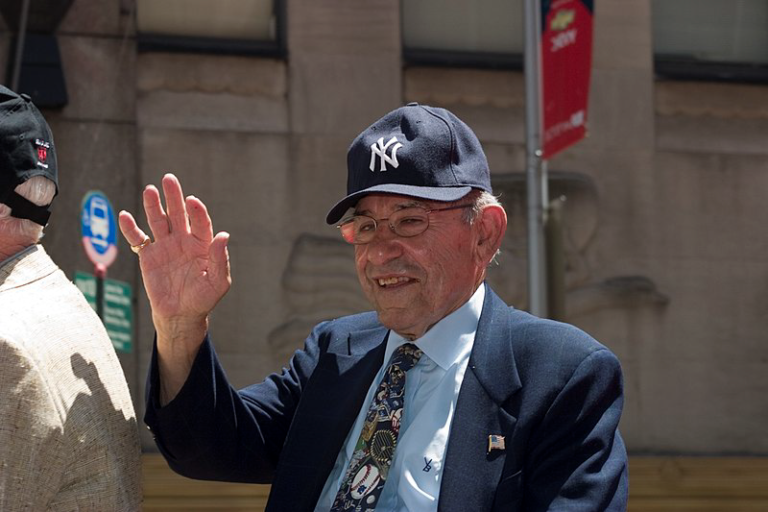What Communicators Should Know About AI Image Generators
Artificial intelligence apps show promise, but pitfalls remain
You need a good visual to grab a reader’s attention, but working with obstinate illustrators and photographers can make you crazy. Perhaps even homicidal. Stay your hand. Try one of the new AI art generators instead. They’re the Next Big Thing that may someday live up to the hype … and dispense with those pesky artists.
The concept is simple. You type in a set of words describing the image you want. Artificial intelligence scans hundreds of millions of images on the internet tagged with those words, slices and dices the relevant ones, then compiles the bits and pieces into a single image.
You don’t like it? Hit resend. Another image with similar attributes appears seconds later. Still not happy? Hit resend again. Another revision pops up. Yes, dozens of original illustrations produced nearly instantaneously for negligible cost.

You can combine specific search terms — “two food scientists” — with more general ones – “Cubist style.” The more detailed your description, the closer to your intent the illustration should be. The number of options is infinite. No need to see them all. There are sites and online PDFs that offer “prompt” techniques to help you select more effective words.
Prices vary. Stable Diffusion is free. You get 50 free credits from DALL-E 2 for the first month and 15 free credits for subsequent months. NightCafe offers five credits per day and 100 credits per month for $9.99. MidJourney gives you the first 25 free, then 200 images at $10 a month.
These highly rated start-ups are leading the stampede into the market, while the bulls of the digital world are trailing. Facebook parent Meta’s Make-A-Scene, Google’s Imagen and Microsoft’s Image Creator are not yet available for widespread use. As with any pioneering software, it’s the Wild West. A few programs will survive, many won’t. Remember Ask Jeeves, Lotus 1-2-3, MacDraw, Netscape Communicator and WriteNow?
Conceptual, abstract illustrations are the generators’ strength. Because the images are mixed and mashed together without understanding context — or reality — the results can be wonderful or weird. Imaginative, but baffling.
The generators’ weakness? Realism — especially faces. Eyes of different sizes and colors gaze in divergent directions. Plastic skin, uneven lighting, enigmatic shadows and asymmetrical expressions reinforce the ghoulish impression. The total effect can be like early movie CGI – the person looks simultaneously real and wrong.
Communicators should “proofread” the images closely before publishing. Examine the illustration and consider its visual implications to avoid embarrassing gaffes. “Threat or Menace,” the old newsroom adage originally used by National Lampoon to describe pornography, applies here.
Potentially troubling imagery is just one of the generators’ problems. Others:
- Bias. Early versions produced disproportionally more images of whites when the search words were just “men” and “women.” The programs have improved, but their cauldrons may still serve up a dish of limited flavors.
- Copyright infringement. There’s a fine line between an illustration that is inspired by an artist’s work and one that copies an artist’s work. AI can’t comprehend that boundary. Copyright concerns led Getty Images to ban AI generated art. Best to avoid using the name of any artist as a search term, even one who’s been dead for centuries.
- Deep fakes. Scurrilous images of politicians and celebrities are no longer the purview of people with extensive skill. Paired with PhotoShop, AI generators put the tools of chicanery in the hands of anyone with an axe to grind, a lack of ethics and a modicum of patience. It’s easier – and more tempting – than ever to create an artificial image to advance a social or political agenda.
Most of these programs were released for general use in the last few months. Prices and capabilities are changing at warp speed. Updated, road-tested versions will no doubt recognize weaknesses, refine search parameters and create illustrations more realistic and less creepy. Any story about the generators (including this one) will be positively paleolithic after a few weeks.
No matter how good these programs get, you’ll still need a bespoke visual for high-end, executive-level communications. For that, hire a talented, empathetic illustrator or photographer with the experience and insight to create high-quality art that conveys the meaning of your message on a deeper, subconscious level.
For everything else, AI art generators’ may be suspect now, but their benefits – original artwork, low cost, ease of use, rapid results and no artists with attitude – are too powerful to ignore.
Bob Zeni, who knows a great image when he sees one, is an affiliate consultant for Ragan Consulting Group. He has 30-plus years in editing and design for publications and organizations and teaches at the School of the Art Institute of Chicago.
Contact our client team to learn more about how we can help you with your communications. Follow RCG on LinkedIn and subscribe to our weekly newsletter here.

